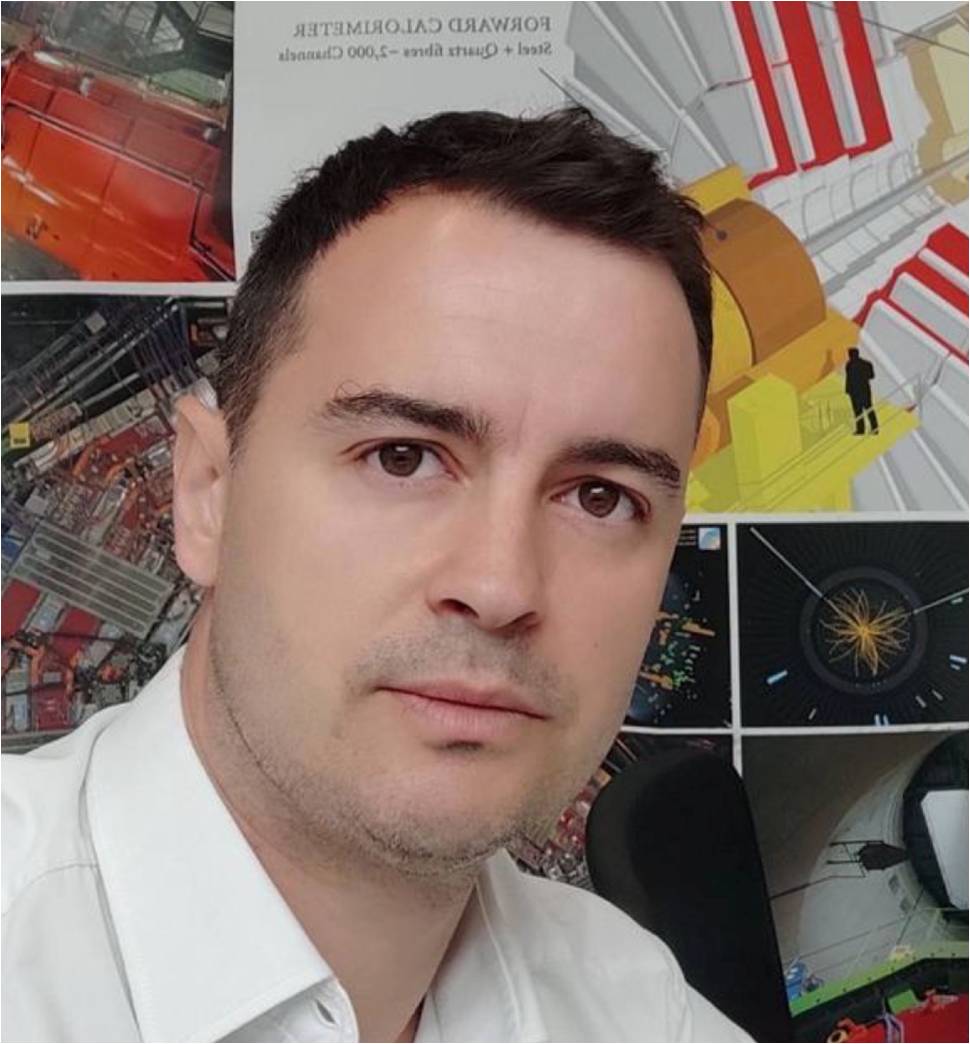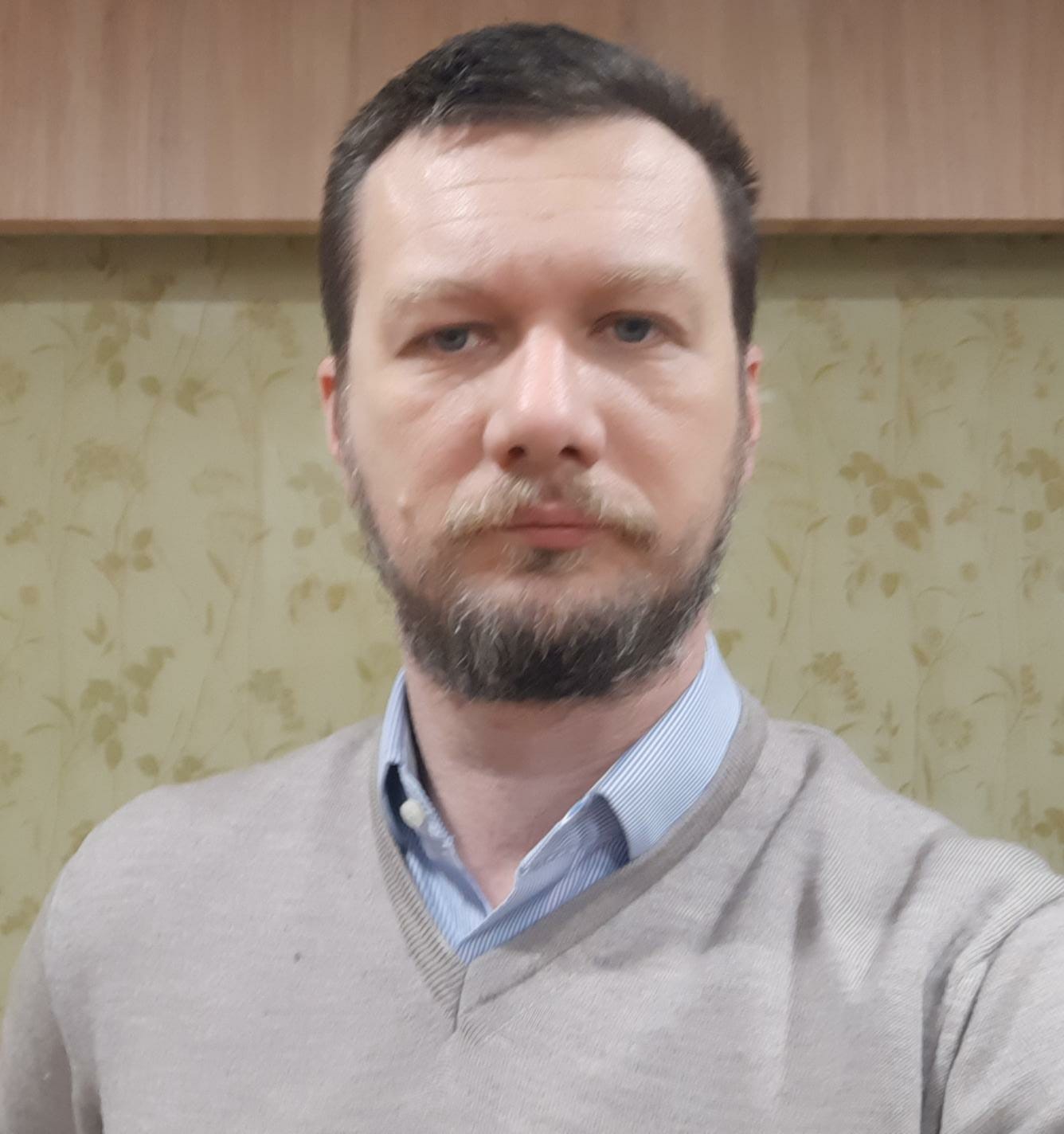Mini Seminar: Research in Physics and Electrical Engineering with Application in Medicine
| Time | April 21, 2023 18 |
|---|---|
| Organizator | Associate Professor Nadica Miljković |
| Location | room 59 |
Scientists from the Institute for Nuclear Sciences "Vinča" – Institute of national importance in the Republic of Serbia, University of Belgrade will hold invited lectures as part of a mini seminar titled "Research in Physics and Electrical Engineering with Application in Medicine". The seminar is primarily intended primarily for students with interest in biomedical engineering, but also for other profiles, as well as for employed professors, associates, and researchers at the University of Belgrade – School of Electrical Engineering. The lecture is of open for everyone.
AGENDA WITH LECTURE SUMMARIES AND LECTURERS' CVs
18:15 – 19:00 Milos Dordevic, Geant4 Biophysics Simulations of Radiation Impact on Cells and DNA Chains
 Short CV: Milos Dordevic is a Senior Research Associate at Vinca Institute of Nuclear Sciences, National Institute of the Republic of Serbia, University of Belgrade. He is a high-energy physicist and a member of the CMS Collaboration at CERN since 2006, with expertise in Higgs boson studies and event reconstruction algorithms, where he was leading several research groups. As of 2020, he is primarily involved in biophysics simulation studies of radiation impact on living beings, predominantly at the cellular and subcellular (DNA) level, being a member of the Geant4 and Geant4-DNA international collaborations at CERN. He is the author of around 20 publications in the outlined research fields and has given a large number of invited talks at international conferences worldwide.
Short CV: Milos Dordevic is a Senior Research Associate at Vinca Institute of Nuclear Sciences, National Institute of the Republic of Serbia, University of Belgrade. He is a high-energy physicist and a member of the CMS Collaboration at CERN since 2006, with expertise in Higgs boson studies and event reconstruction algorithms, where he was leading several research groups. As of 2020, he is primarily involved in biophysics simulation studies of radiation impact on living beings, predominantly at the cellular and subcellular (DNA) level, being a member of the Geant4 and Geant4-DNA international collaborations at CERN. He is the author of around 20 publications in the outlined research fields and has given a large number of invited talks at international conferences worldwide.
Abstract: Nowadays, there is a great interest in studies and further understanding of the impact of various radiation types on living beings, at the cellular and subcellular (DNA) level, mainly in the context of radiation protection and also radiation therapy. Hadron particle beams, mostly protons, carbon ions, and lately also helium ions, have various advantages in regards to previously used, conventional cancer therapies using photon beams. The number of hadron therapy facilities in the world is rapidly growing, and more than 250,000 patients have received treatment with proton and carbon ion beams. In order to study the radiobiological effects of ionizing radiation on cells, Monte Carlo simulations that can reproduce and evaluate radiation damage are needed. Such possibilities are enabled by the Geant4 software package, that is publicly available to user community. Some of the possibilities and characteristics of particular applications within this package will be outlined in this seminar. A particular emphasis will be on the newly released “molecular DNA” application that is a part of Geant4 and Geant4-DNA and that is publicly available since December 2022. This application enables simulations of realistic cancer cell geometries combined with modelling of physical, physico-chemical and chemical stages of cell irradiation, including also radiolythic processes, as well as enabling prediction of direct and indirect DNA damage, of which mostly the number of single and double strand breaks of DNA chains. In the context of future hadron therapy, the benefits of using helium ions will be outlined.
19:15 – 20:00 Marko Ćosić, The morphological analysis of the collagen straightness in the colon mucosa away from the cancer
 Short CV: Dr. M. Ćosić graduated in 2006 from the Department of Physical Electronics of the School of Electrical Engineering, Belgrade University. In 2014 he defended a doctoral dissertation entitled Quantum Rainbows in Positron Channeling through Carbon Nanotubes at the same department. Since 2010 he has been affiliated with the Laboratory of Physics of Vinča Institute of Nuclear Sciences. He is a principal investigator of a group studying Complex and Catastrophic Phenomena in Physics and Biology. His scientific interests cover applied topology, nonlinear dynamics, catastrophe and singularity theories, scattering theory, and complex phenomena.
Short CV: Dr. M. Ćosić graduated in 2006 from the Department of Physical Electronics of the School of Electrical Engineering, Belgrade University. In 2014 he defended a doctoral dissertation entitled Quantum Rainbows in Positron Channeling through Carbon Nanotubes at the same department. Since 2010 he has been affiliated with the Laboratory of Physics of Vinča Institute of Nuclear Sciences. He is a principal investigator of a group studying Complex and Catastrophic Phenomena in Physics and Biology. His scientific interests cover applied topology, nonlinear dynamics, catastrophe and singularity theories, scattering theory, and complex phenomena.
Abstract: The morphological method – based on the topology and singularity theory and developed initially for the analysis of the scattering experiments – was extended to apply to study biological data. The usefulness of the topological viewpoint was demonstrated by quantification of the changes of collagen fiber straightness in the human colon mucosa (healthy mucosa, colorectal cancer, and uninvolved mucosa far from cancer).
Lecture presentation is available here lecture-1, lecture-2).

